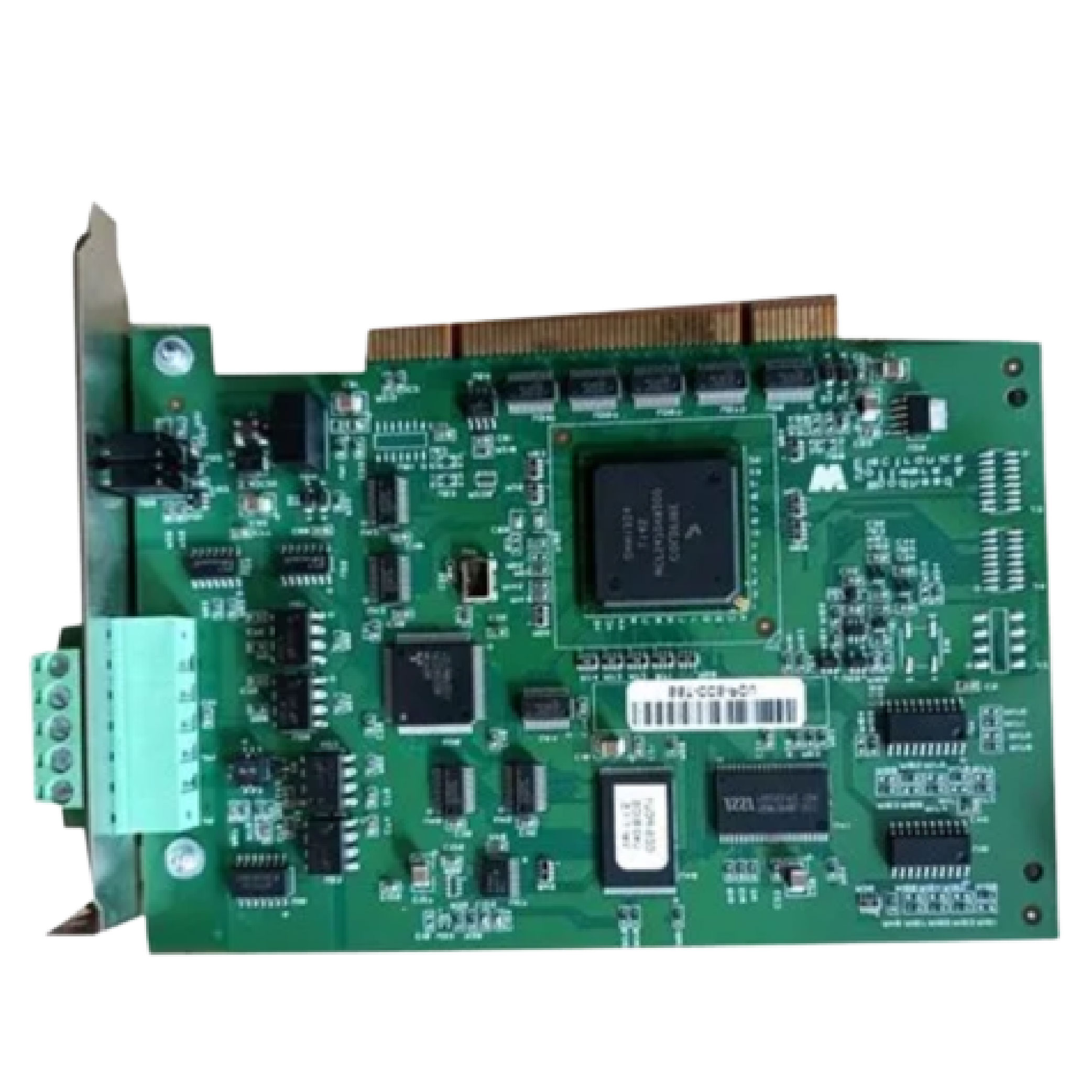Description
Robotic Controller IC Circuit
The circuit typically incorporates a microcontroller or a microprocessor unit (MPU) along with additional hardware components like sensors, actuators, and communication interfaces. The microcontroller or MPU executes pre-programmed instructions stored in its memory, allowing it to perform complex calculations, decision-making, and control tasks required for the robot’s operation.
The robotic controller IC circuit interfaces with various sensors to gather information about the robot’s environment. These sensors can include proximity sensors, accelerometers, gyroscopes, vision systems, and other specialized sensors. The circuit processes the sensor data, enabling the robot to perceive and interpret its surroundings accurately.
Based on the input from the sensors, the robotic controller IC circuit generates control signals to actuate the robot’s actuators. Actuators can include motors, servos, solenoids, and other mechanical or electrical devices that enable the robot to move, grasp objects, or perform specific tasks. The circuit ensures precise control of these actuators, allowing the robot to execute complex movements and interact with its environment effectively.
Additionally, the robotic controller IC circuit facilitates communication with external devices or systems. It may include communication interfaces such as UART (Universal Asynchronous Receiver-Transmitter), SPI (Serial Peripheral Interface), I2C (Inter-Integrated Circuit), Ethernet, or wireless technologies like Wi-Fi or Bluetooth. These interfaces enable the robot to exchange data with other devices, receive commands from a remote controller or a computer, or communicate with a larger network of robots.
The design and functionality of a robotic controller IC circuit depend on the specific requirements of the robot and its intended applications. It needs to balance computational power, memory capacity, input/output capabilities, and power efficiency to provide efficient and reliable control over the robot’s behavior.
Overall, the robotic controller IC circuit plays a critical role in the operation of a robot, enabling it to perceive its environment, make decisions, and execute precise actions. It forms the heart of the robotic system, providing the necessary control and intelligence required for the robot to perform its intended tasks autonomously or under human supervision.







